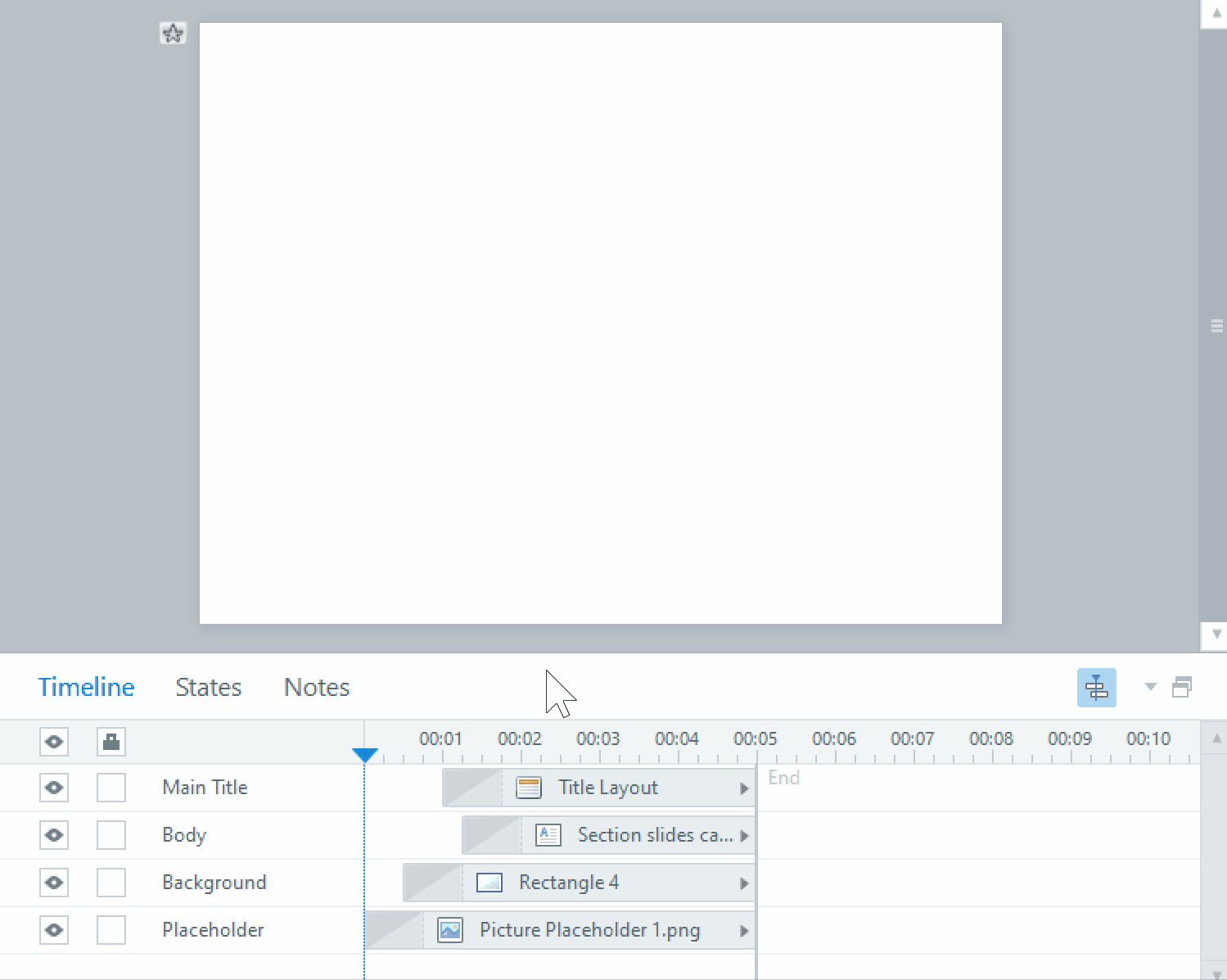Using text in eLearning
When developing eLearning you will most likely use a variety of media including audio, videos and images to display your learning content and teach key concepts to your leaners. These forms of media can be effective in teaching learners, however they can take time to create as you need to design and record or edit the audio, video and images.
Text on the other hand is a very quick and efficient way to teach learners subjects and key information. Text is vey quick to produce in eLearning and can be edited and changed very quickly, unlike audio and video which can be time consuming to make even the smallest edits. It is important though to remember that text can easily become static when used a lot so it is important to consider where and when it is used in your eLearning course.
Below are some ways you can effectively use text in your next eLearning course:
1. Don’t overuse text
This one is very important when using text in your eLearning course, it may be easy to type up your learning content in a Word document then just have it copied and pasted in your eLearning however this can cause some issues. If a learner visits a page that has a large wall of text it can easily become very static, when this happens it can be hard to maintain the learners attention as they will not be stimulated with what’s on screen. To avoid this use text where it makes sense and not in every case, one common technique is to have text broken up on screen as bullets which animate onto the page in time with audio, this adds interactivity to the screen and helps to maintain the learners attention.
2. Contrasting Colours
When deciding on the colour for your eLearning text you need to make sure you learners can easily read it. For example having red text on a green background will be difficult for anyone too read and will distract learners from what you are trying to teach them. As a general rule try to have the text and background colour opposite from each other, for example if you have a white background use dark text or if you have a coloured background use white text.
3. Font Size
When putting text on screen font size is also important, if the text is too small it will be too hard for people to read, if it is too big it might also be difficult to read as sentences will take up considerable screen space. Generally font sizes range between 11-18, which is fine in most cases depending on the layout and structure of the page. Also remember that your eLearning will be taken on a variety of devices, this means the screen size will vary greatly and as a result the text will read differently. For example if text is too big learners that use a mobile will be scrolling for some time which does not make a good user experience. One of the key things to remember with font size is consistency, when developing your course it is important to make sure you use the same sizes throughout for the headings, subheadings and body text.
















